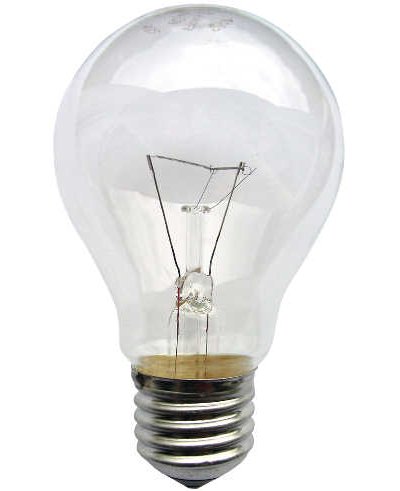Electromagnetic emissions of incandescent lamps

Traditional light bulbs which create light by means of an incandescent filament have also a small but noticeable electromagnetic field.
The EMF emitted by an incandescent light bulb has the same frequency of the AC voltage of the electric network, i.e. 50 Hz or 60 Hz according to the country.
The EMF emission of incandescent light bulbs is a mix of electric and magnetic field, which at this frequency and distances are related separately and respectively to the electric charge accumulated on the wires and the electric current.
Because of the quite high voltage the lamp has an high electric field. The magnetic field is relatively low but not negligible.
The problems are caused by the oscillating forces at 50/60 Hz associated to the AC electric field and magnetic field.
There is no practical solution to this EMF, the only way would be to power the bulbs with DC voltage, but the DC generator should have very low output ripple, which is really hard to achieve at the high voltage of 230 or 120 V.
Additional problems
Additional problems are caused by the height of the ceilings, the EMF at the height of a person's head is more intense when the ceiling is lower.
Another subtle problem related to incandescent lamps and house walls is the dampness. If the wall or the ceiling around an incandescent lamp is slightly damp it would radiate much more EMF because of the electric currents in the wall created by the alternate electric and magnetic field of the lamp.
Comparison with other lamps
The EMF emissions of an incadescent lamp are surely lower than that of compact fluorescent lamps or fluorescent tubes, but the two types differ also for the frequency bands of their EMF emissions.
Notice that the incandescent lamp emits also some electric noise that comes from the electric network, so its EMF can contain energy in frequency bands different from the frequency of the AC network.
The best solution for having a really low EMF lamp is always to use a true DC power source, with extremely low ripple and noise.